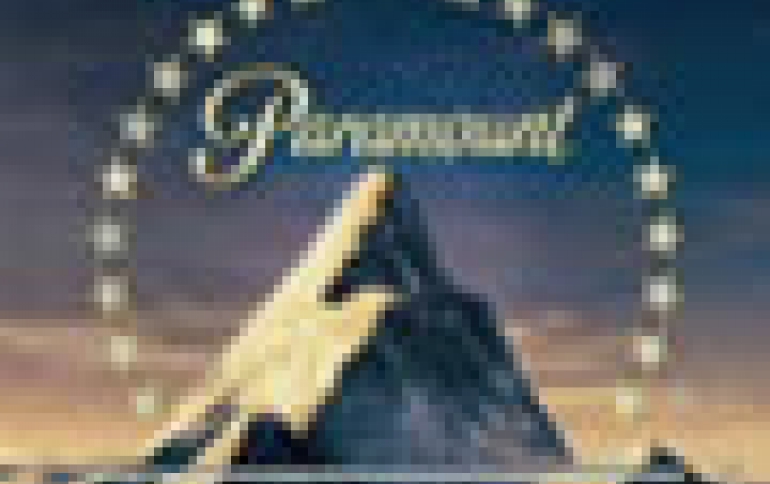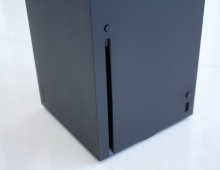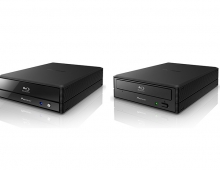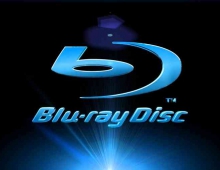
Paramount Home Entertainment Licenses BD+ Protection Technology
Paramount Home Entertainment has licensed Macrovision?s content protection products for Blu-ray discs, including BD+, ACP and RipGuard.
Part of the AACS content protection technology, the BD+ technology is an additional layer of protection against un athorized copy of Blu-ray movie discs. Macrovision acquired the rights to BD+ last year when it acquired assets of Cryptography Research Inc.
Paramount did not disclose whether it plans to use the BD+ technology on all its Blu-ray disc releases or only on selected titles. 20th Century Fox was the first studio that include the BD+ protection in its releases.
ACP and RipGuard also provide protection against unauthorized copying of content across packaged media such as DVD as well as electronic channels such as the Internet, cable and DBS.
"Macrovision?s technologies cover a variety of distribution channels, providing necessary safeguards which benefit both the Studio and the consumer," said Kelley Avery, Worldwide President of Paramount Home Entertainment.
"As Macrovision continues to add valuable content protection technologies to their suite of solutions, it provides Paramount with valuable methods to protect our content when distributed on DVD and Blu-ray media," said Chris Carey, Executive Vice President Worldwide Technical Operations, Paramount Pictures.
The agreement is for a multi-year term and financial terms were not disclosed.
How BD+ works
The BD-ROM players include a small Virtual Machine (VM, BD+ Content Code interpreter) to provide a basic processing environment for BD+ Content Code. During reproduction of a BD-ROM title, the VM will run the Content Code to apply the Security Check and enable content playback when the player is legitimate. A security code runs continuously during playback in order to correct the corrupted stream and produce viewable content.
The BD+ deployment includes three phases:
It swaps a part of AV data with separately prepared AV data. For example, such a part of AV data on the disc may be corrupted and will not be useful without corrections with BD+ content code running in the BD+ security VM. This same process can be used for forensic marking purpose, which may be used to identify the source of content that has been illegally distributed.
When a hack is suspected, content provider can enter into a hack study. Once a hack is confirmed by the manufacturer of suspected Player, then Content Provider can have developed and release BD+ Content Protection code that detects and responds to the hack.
BD+ also includes the ability to load native code (code that runs directly on the player's host process). It is allowed to deploy it only after it is proven that basic countermeasure code cannot address the hack.
However, the BD+ has been successfully attacked in the recently released Blu-ray titles by overcoming the AV content security system (e.g. extract AACS keys) and the title-specific security code (e.g. reverse engineer security code). Antiqua-based Slysoft is offering the 'AnyDVD HD' software that includes those security information (AACS keys) and allows anyone to easily create copies of Blu-ray discs protected by BD+.
Paramount did not disclose whether it plans to use the BD+ technology on all its Blu-ray disc releases or only on selected titles. 20th Century Fox was the first studio that include the BD+ protection in its releases.
ACP and RipGuard also provide protection against unauthorized copying of content across packaged media such as DVD as well as electronic channels such as the Internet, cable and DBS.
"Macrovision?s technologies cover a variety of distribution channels, providing necessary safeguards which benefit both the Studio and the consumer," said Kelley Avery, Worldwide President of Paramount Home Entertainment.
"As Macrovision continues to add valuable content protection technologies to their suite of solutions, it provides Paramount with valuable methods to protect our content when distributed on DVD and Blu-ray media," said Chris Carey, Executive Vice President Worldwide Technical Operations, Paramount Pictures.
The agreement is for a multi-year term and financial terms were not disclosed.
How BD+ works
The BD-ROM players include a small Virtual Machine (VM, BD+ Content Code interpreter) to provide a basic processing environment for BD+ Content Code. During reproduction of a BD-ROM title, the VM will run the Content Code to apply the Security Check and enable content playback when the player is legitimate. A security code runs continuously during playback in order to correct the corrupted stream and produce viewable content.
The BD+ deployment includes three phases:
It swaps a part of AV data with separately prepared AV data. For example, such a part of AV data on the disc may be corrupted and will not be useful without corrections with BD+ content code running in the BD+ security VM. This same process can be used for forensic marking purpose, which may be used to identify the source of content that has been illegally distributed.
When a hack is suspected, content provider can enter into a hack study. Once a hack is confirmed by the manufacturer of suspected Player, then Content Provider can have developed and release BD+ Content Protection code that detects and responds to the hack.
BD+ also includes the ability to load native code (code that runs directly on the player's host process). It is allowed to deploy it only after it is proven that basic countermeasure code cannot address the hack.
However, the BD+ has been successfully attacked in the recently released Blu-ray titles by overcoming the AV content security system (e.g. extract AACS keys) and the title-specific security code (e.g. reverse engineer security code). Antiqua-based Slysoft is offering the 'AnyDVD HD' software that includes those security information (AACS keys) and allows anyone to easily create copies of Blu-ray discs protected by BD+.





















